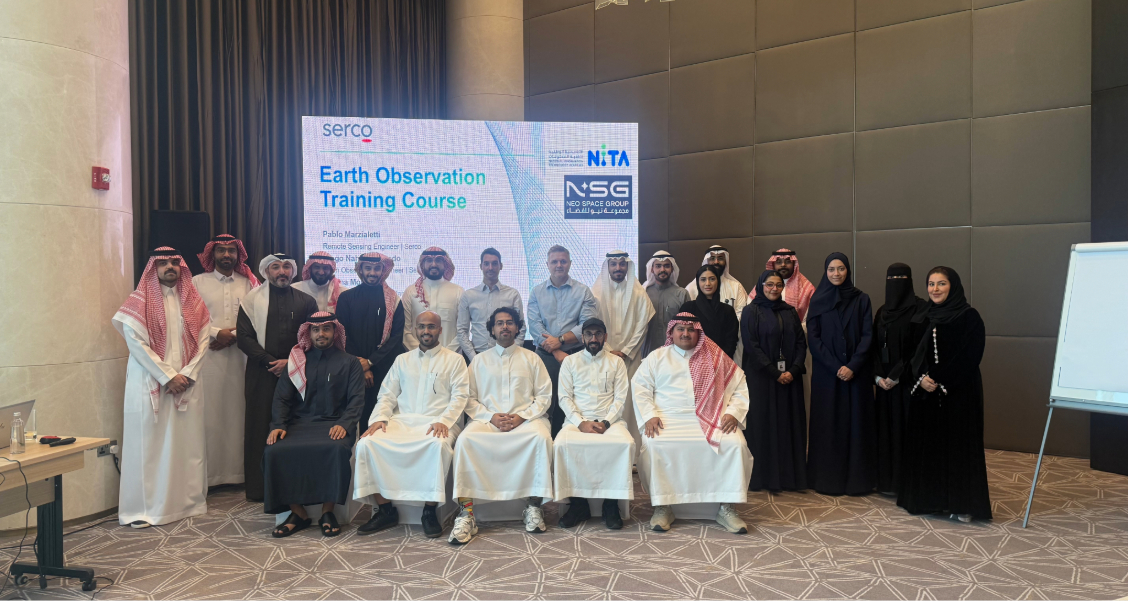ESA and UKSA endorse Reaction Engines' SABRE

Above:
The development programme of the world’s first air-breathing rocket engine has taken an additional significant step forward, which will lead to major testing milestones being undertaken within the next 18 months.
Courtesy Reaction Engines
The two agencies recently reviewed the preliminary design of the demonstrator engine core of the Synergetic Air-Breathing Rocket Engine (SABRE), which Reaction Engines will use to undertake ground-based testing at its under-construction test facility at Westcott, Buckinghamshire.

Above:
Test Facility, Westcott, Buckinghamshire.
Courtesy Reaction Engines
“The positive conclusion of our Preliminary Design Review marks a major milestone in SABRE development,” comments Mark Ford, heading ESA’s Propulsion Engineering section. “It confirms the test version of this revolutionary new class of engine is ready for implementation.”
Chris Castelli, Director of Programmes at the UK Space Agency, said: “As the home of the jet engine, the UK has a rich aerospace heritage and world-renowned skills and expertise. This is an exciting landmark for Reaction Engines in the development of its SABRE engine, which could revolutionise both access to space and international travel by powering aircraft to five times the speed of sound.
“The government’s modern Industrial Strategy is putting the UK at the forefront of pioneering aerospace technologies and ensuring we thrive in the new commercial space age. Our £60 million investment in SABRE is a great example of how we are backing the businesses of tomorrow.”
Reaction Engines launched a significant new element of its development programme in October 2016 to design, build and demonstrate a SABRE engine core. The test item consists of an engine core, which is a major module of the complete SABRE engine, but without the pre-cooler and rocket nozzle in place. This core design and development activity is a major undertaking and upon completion of the tests, major elements of the world’s first air-breathing engine capable of accelerating from zero to Mach 5 will have been demonstrated.
The SABRE engine core tests are part of a range of development activities currently underway at Reaction Engines. The company will shortly begin its HTX ‘hot’ heat exchanger testing in a unique test facility it has constructed in Colorado, United States. The HTX test programme is a manufacturing and performance ground-level demonstration of the SABRE engine ‘Pre-Cooler’ heat exchanger in a high temperature environment, similar to that expected to be seen by the SABRE engine during its air-breathing flight regime – up to 1000°C air inlet temperature.
Commenting, Shaun Driscoll, Programmes Director, Reaction Engines, said: “Reaction Engines has had a hugely supportive relationship with ESA and we are delighted with this further endorsement of the SABRE engine design. This step opens the door to some exciting testing milestones which we will be undertaking in the next 18 months and moves us closer to the demonstration of the first SABRE engine, a unique class of scalable aerospace engines, which will revolutionise the way we travel around the globe, and get into orbit.”
“One of the great advantages of the SABRE propulsion concept is that it is totally modular from both design and operational perspectives” explains Richard Varvill, CTO, Reaction Engines. “Therefore it is possible to subject each of the key components of the engine to rigorous ground testing, which fully mimic the operational conditions the engine will face up to Mach 5 flight at 25km altitude.”

Above:
Core Engine Demonstrator Team
Courtesy Reaction Engines
Over the last four years Reaction Engines has raised over £100million from public and private sources and had secured investment from BAE Systems, Rolls-Royce and Boeing’s venture capital arm.
ESA, via the UK Space Agency, has invested €10 million in SABRE development, together with £50 million from UKSA. ESA also performs a technical oversight role on behalf of UKSA.
ESA’s involvement began in 2010 with an independent review of SABRE’s viability, opening the way to UK government investment. Then in 2012 ESA collaborated with Reaction Engines testing of a key element of SABRE – the pre-cooler that cools the hot airstream entering the engine at hypersonic speed, the performance of which was fully validated under ambient air temperatures.
The complete air-breathing core demonstrator will be fully representative of the SABRE thermodynamic core cycle, fuelled by liquid hydrogen, and will contain heat-exchangers, combustion and turbomachinery modules.
Testing of the core demonstrator will be undertaken at a dedicated test facility currently being built at Westcott Venture Park in Buckinghamshire, a historic site for British rocketry where engines for the Blue Streak and Black Arrow rockets were tested.












